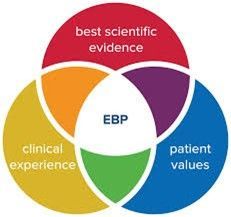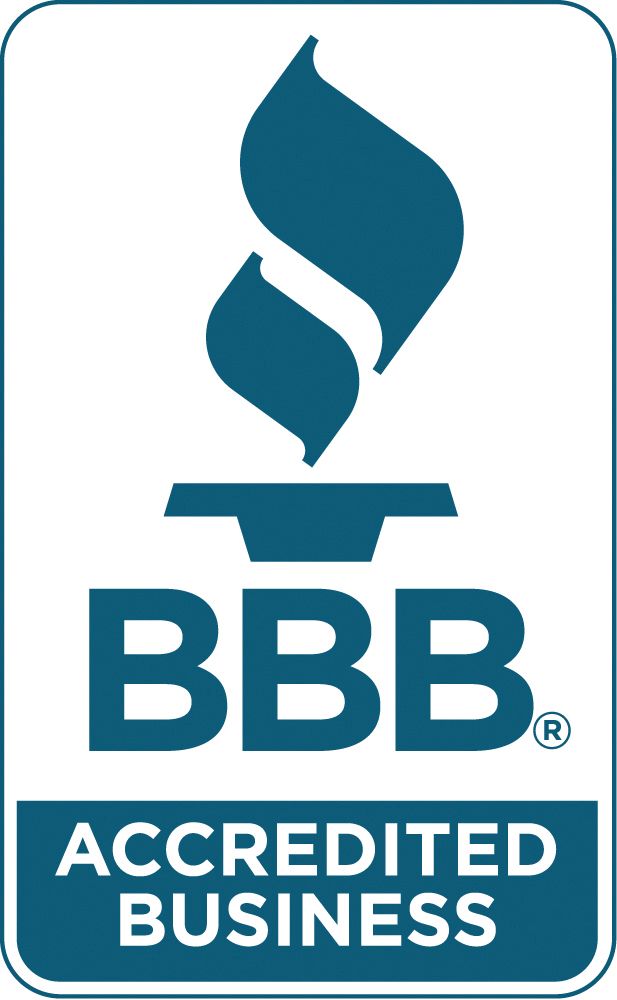Behavioral Health RFPs: Follow the Money
Doing the financial work in an RFP first helps the behavioral health organization save time in determining whether to pursue the project.

Behavioral health organizations seek to grow their business, and one way to do so is through Requests for Proposals (RFPs). But many organizations are not successful in this endeavor. It is not because the organization lacks expertise or the capability to provide the requested services. It is also not because they require the staffing or the ability to recruit and hire.
The financial component is the one area that creates difficulties for most organizations pursuing RFPs. And this is crucial. With my clients asking me about applying for RFPs, we explore the finances first. One reason for this approach is that the funding does not support the company’s capabilities. For example, in the recent California Community Reinvestment Program (CalCRG), programs could only apply for a specific amount of no more than 30% of their total existing revenue. If an organization had a small revenue stream, this grant (although valuable) would be limited to a portion of its current volume. And some organizations fail to understand how a large influx of funding and operations could jeopardize their existing business.
The other factor is whether the finances make sense. An RFP may indicate a dollar amount to be awarded for services. But for an organization, can they make the dollars and cents work for them? They want to retain money and maintain their business to take on other programs. How do they explore the RFP and discover if it makes sense? The first step is to create a Pro Forma. The Pro Forma is a look into the future, a forecast of what the project will look like. It shows how the expenses, revenue, staffing, and profit work together.
The Pro Forma looks at the financial variables. The rate of pay (per client, a unit of service), the expenses, the expected revenue, staffing, and other costs. Many RFPs are cost-based reimbursement. This means that the expenses must match the revenue to the penny.
Suppose a potential contract is $5 M for yearly behavioral health services. The Pro Forma determines the reimbursement rate per minute or hour to determine how many services can be provided. Then it reviews the number of staff, their full-time equivalents or FTEs, and which titles are to provide the services (clinicians, behavior specialists). The Pro Forma also looks at direct costs (for the actual program) vs. indirect costs (for overhead) and outlines the expenses. Once this is done, the Pro Forma can help the behavioral health organization to decide if the RFP is worth the application.
Doing the financial work in an RFP first helps the behavioral health organization save time in determining whether to pursue the project. Then once completed, it guides the narrative to know the who, what, where, how, when, and why in the narrative.




